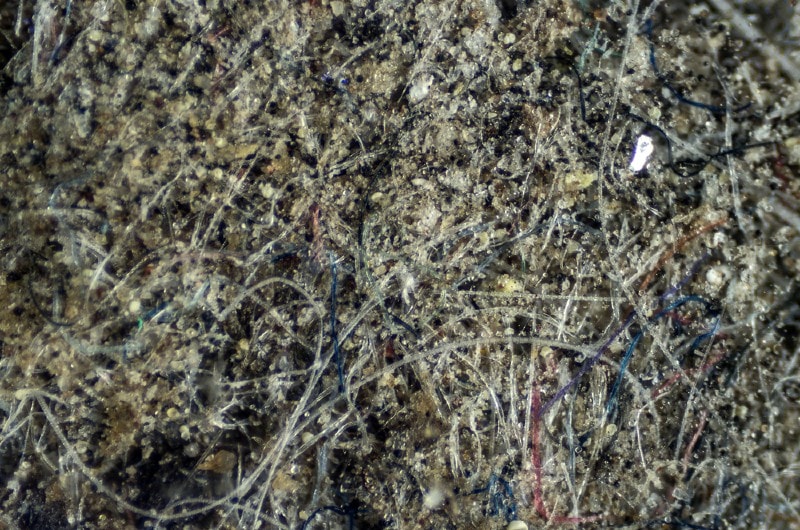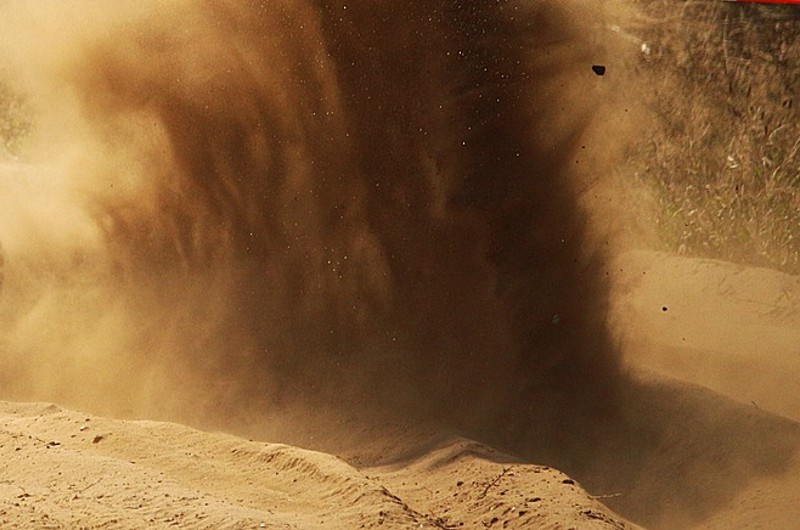What Does Dust Look Like Under a Microscope? Facts & FAQ
Last Updated on

Dust is one of the easiest microscope samples to source. It’s literally everywhere, inside and outside, and all you have to do to collect a sample is to skip dusting for a few days. However, your sample will look slightly different every time because no two households will have exactly the same components in their dust. Continue reading to learn more about why this is the case.

What Is Dust Exactly?
Mostly the result of decaying matter, dust particles consist mostly of dead skin cells and hair. Dust is a part of life, but unfortunately dust isn’t benign. In addition to hosting bacteria and mold spores, dust has become more dangerous in recent years by carrying household chemicals such as phthalates and flame-retardants. Some of these chemicals have been linked to cancer, endocrine disruption, and reproductive harm. Clothing fibers that frequently contain synthetic dyes and that can irritate our lungs float through the air and are inhaled when we breathe.
Dust can also lend itself to a bug infestation. Since dust contains decomposing matter, those cracker crumbs in the sofa can break down into dust and become a savory snack for insects. Human skin sheds into tiny dust particles, providing food for microscopic dust mites which can then cause an allergic reaction from people who are sensitive to them. While dust has always been a danger, thousands of modern chemicals in the air have recently compelled scientists to investigate dust for traces of carcinogenic materials, including lead paint, and formerly banned pesticides such as DDT.

What Does Dust Look Like Under a Microscope?
If you look at dust under a microscope at 30x magnification, you’ll likely see the decomposed components of your sample. You might see dead skin flakes, strands of hair, cotton fibers, crumbs, or even dust mites. Since everyone’s dust is slightly different, you might want to compare the sample of your household dust with dust from somewhere else. Even the dust from people is unique to each individual because of the combination of their hair and skin, as well as clothing, perfume, and deodorant they wear.
What Do Dust Mites Look Like Under a Microscope?
If you noticed little creatures under the microscope, you might have come across some dust mites. Belonging to the family of arthropods, dust mites are white, almost translucent creatures that feed off of dead skin cells found in dust. You can’t see them with the naked eye, but you might spot them at 10x magnification or higher.
While they don’t bite humans, many people are allergic to them, with symptoms manifesting in sneezing, itchy throat, stuffy nose, and skin rashes. You definitely don’t want dust mites hanging around your house, so wash your bedding in hot water at least once a week, dust frequently using a wet cloth to catch the particles, and vacuum using a HEPA filter to discourage them from taking residence.

Final Thoughts
Dust can be interesting to look at under a microscope because you never know what you’re going to find. While dust contains natural decaying matter such as dead skin, it can also carry inorganic matter such as furniture fibers, and even harmful pollutants such as pesticides and carcinogenic chemicals. No two people’s dust slides will look the same, so dust collecting can be an intriguing hobby that will give you the invisible history of the area you sampled.
Featured Image Credit: M-Production, Shutterstock
About the Author Brooke Bundy
Brooke Bundy is a freelance writer who lives with three cats and a dog. She attended the University of North Georgia where she acquired a B.S. in Media Studies. Booke loves storytelling and spending time with her pets at their house in New Orleans, Louisiana. In her free time, she enjoys gardening, cooking, and brewing coffee.
Related Articles:
How to Clean a Refractor Telescope: Step-by-Step Guide
How to Clean a Telescope Eyepiece: Step-by-Step Guide
How to Clean a Rifle Scope: 8 Expert Tips
Monocular vs Telescope: Differences Explained (With Pictures)
What Is a Monocular Used For? 8 Common Functions
How to Clean a Telescope Mirror: 8 Expert Tips
Brightfield vs Phase Contrast Microscopy: The Differences Explained
SkyCamHD Drone Review: Pros, Cons, FAQ, & Verdict
